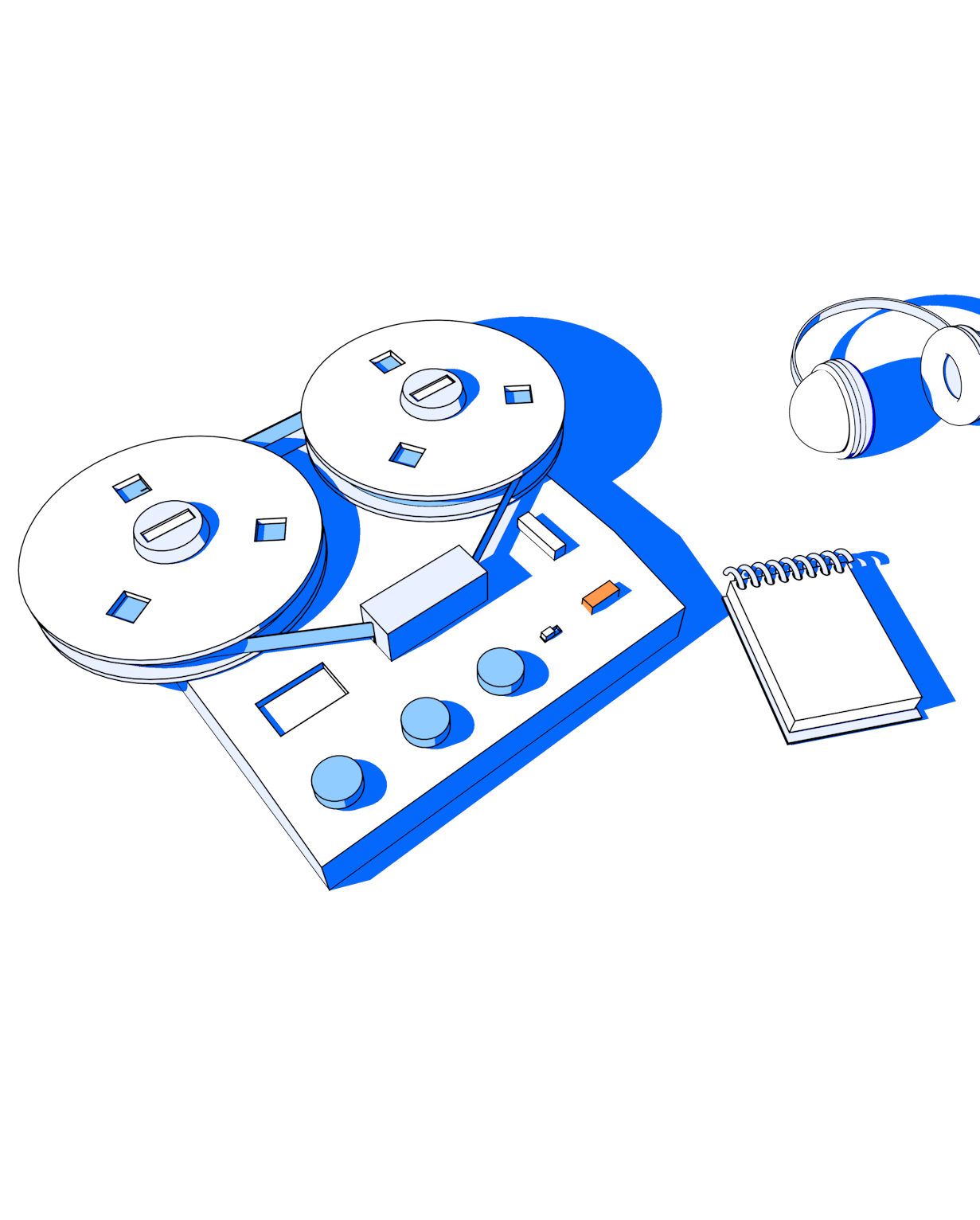Research connects product teams with the real-world, providing a window into how the experiences we create translate in the wild. But research is going through some changes, having to evolve as our world is changing. As more product teams transition to agile processes with more async needs, our user’s expectations of flexibility are also expanding.
Over the years, research has evolved. In the beginning, research predominately meant conducting in-person, moderated sessions with individuals or focus groups. Where time was invested on both parts and analysis relied on actively taking notes, transcribing recordings, and breaking down all 👏 those👏 words into takeaways.
Now, with more advanced technology and software, research has become more fluid—making unmoderated testing possible. Product teams are now empowered to run usability tests, product discovery, and product-market fit analysis in a matter of hours. We’re so excited that Maze could contribute to this gateway for non-research natives to collect their own insights in ways that fit their agile processes.
We’ve been thinking about this journey and considering how research and testing will continue to change. Particularly because when we look at how customers are collecting insights, more often than not, we’re seeing how well both moderated and unmoderated methods work together. We believe these two methods will continue to complement each other at the different stages of the product development cycle.
Product teams rely on the rich, contextual feedback that are collected when conducting moderated research. Where the library of opinions, expressions, and thoughts brings context to strategic decisions as well as quick wins. With this in mind, we believe the valuable interactions happening during a remote test shouldn’t be lost simply because a user session happens async.
So we’re posing the question, is there a way to bring rich, human context that’s digestible to unmoderated research?
Elevating unmoderated research with a human touch
Moderated research typically looks like real-time, interview sessions between a facilitator and a participant, helping you develop a rich understanding of your user with the context you can collect from hearing and seeing your participant. It builds relationships with your users and develops empathy for their problems, and for this, it will always hold its rightful place in research.
Despite this, running user interviews is not always possible and shouldn’t have to be the template method for getting rich data. The sourcing, scheduling, running, and analysis of moderated research can take up a lot of time and makes it very expensive.
Unmoderated research is something most are familiar with, particularly if you work with Maze. Unmoderated research and testing are not guided by a facilitator or interviewer and the participant can carry out the test on their own, in their own environment, on their own time.
Due to its nature, the volume of tests you can run is much higher, insights are quantitative and fast to collect, and therefore easy to identify and action. It’s speed and accessibility has seen this method scale insights and democratize research in a way we’ve not seen before.
Unmoderated research does a great job of enabling participants and product teams to do remote testing to a high standard, but it could use some innovation when it comes to providing in session context. The face-to-face elements of audible cues, body language, and facial expressions should not have to be sacrificed due to budget or time constraints.
It’s time to bring more humanity to unmoderated research. To truly connect product teams with their users at any and every stage in their development process.
So, what does this mean for Maze?
For the longest time, we have made it possible to learn fast, through quantitative, unmoderated testing for all. We’ve given our customers the ability to diver deeper into individual sessions in an intuitive and collaborative tool.
But in some cases, where context is critical, we felt some information was being lost along the way. That’s why we’re creating a new way to capture the insights from when understanding is essential.
Our product team is pooling together to bring you Clips; the easiest way to capture audio, video and screen recordings of your participant’s usability tasks without running live, moderated research sessions. Our new feature will create small, digestible clips of audio and visual context of user sessions that will help you get the full picture of how testers navigate through your product. Deepening insights that help you make fast, educated decisions—at scale.
While our new feature is undergoing some fine-tuning in its Beta state, we couldn’t wait to share this development with you and have you join us on this journey. Keep your eyes peeled in the coming weeks for more on this.
Thank you so much for joining us on this journey!
Jo and the Maze Team

